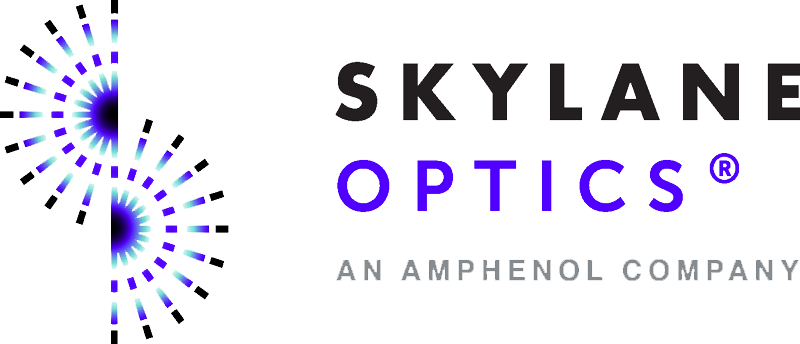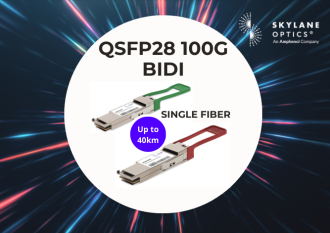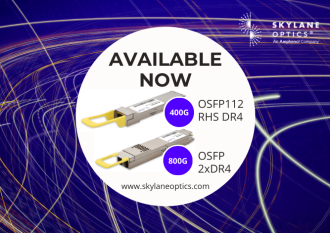EML vs DML

Laser technology: EML vs DML
100G QSFP28 form factor transceivers are today heavily deployed and although the original designs of these parts consisted of EML (Electro-absorption Modulated Lasers), the quick shortage of EML availability obliged optical transceiver designers to come with an alternative solution using DML (Directly Modulated Lasers).
Now the variety of available product has doubled and comes with many questions about the differences between both EML and DML solutions in term of performances and cost.
What is a Laser?
Laser is an acronym for “Light Amplification by Stimulated Emission of Radiation”. In other terms, an electrical current is applied to a material called “optical gain medium” which excites electrons. This means the electrons in the material have extra energy, and after a bit of time they will lose that energy. When they lose the energy, they will release a photon (a particle of light). Releasing photons is the “stimulated emission of radiation” part of laser.
At this point, the light is still weak. The mirrors on either side bounce the light back and forth, and hits other parts of the material, causing those parts to also release photons, generating more light, this is “light amplification”. When all the material is producing light, this is called saturation and creates a very strong beam of light at a very narrow wavelength, which we would call a laser beam
The light moves through the material between the two mirrors that reflect the light back and forth between them. One of the mirrors, however, only partially reflects the light, allowing some to escape. The escaping light makes up the laser beam

DML:
DML designs consist of a distributed feedback structure with a diffraction grating in the waveguide for stable operation for direct modulation and is also called a DFB for “Distributed Feedback” laser. With DML lasers, the modulation speed and the transmission distance vary with the spectral linewidth of the laser. Indeed, more the linewidth is narrow, higher is the modulation speed (data rate) and longer is the distance.
Basically, sequences of “1”s and “0”s are placed on the optical signal by modulating the injection current, This is like an on/off electrical signal. Therefore, the design of a DML requires the electrical current to directly modulate the optical signal by turning the laser “on” to produce a “1” or “off” to produce a “0”. This modulated injection current is produced by an external IC and applied to the laser to generate the optical output.
But direct modulation changes the laser properties like its refractive index leading to a large chromatic dispersion. Performance of a DML degrades over longer reaches (>10km) due to larger chromatic dispersions, lower frequency response, and a relatively low extinction ratio when compared to EMLs.
The DML itself is a single chip and provides a simpler electrical circuit layout for operation. Hence, it will produce a more compact design and lower power consumption.
EML:
An EML is a laser integrated with an external modulator called an electro-absorption modulator or EAM integrated within a single chip.
The Structure is the same as a DML. But, contrary to the DML, the EML has its signal modulation not at the electrical side but at the EMA side. It means that the electrical signal generates a continuous optical signal while the on/off electrical signal is applied after to the EAM modulating the optical signal.
In opposition to the DML design, the EML design does not have the laser directly modulated giving the advantage of not changing the laser properties. EMLs are advantageous in applications with higher speeds and longer distance transmission because of its smaller chromatic dispersion and stable wavelength under high-speed operation.
The EML design will require more power to operate as well as more complex electrical layout.
Conclusion:
Both EML and DML designs are respecting the MSA standard and are used in 100G QSFP28 transceivers. Indeed, a QSFP28 LR4 can be made based on the two designs and this is then very important to understand the differences in term of performances between the two designs.
Skylane Optics offers QSFP28 transceivers with DML and EML lasers. Please always check with your Skylane Optics representatives for more information and advises.



